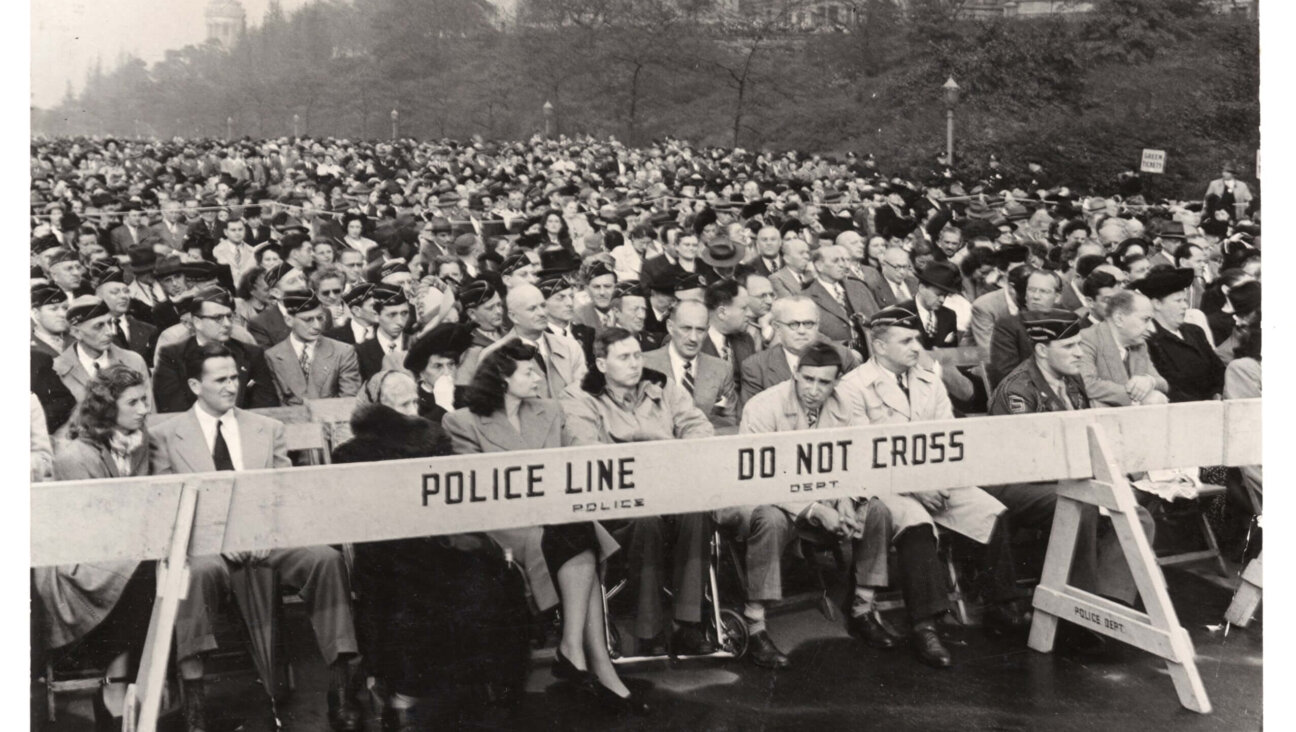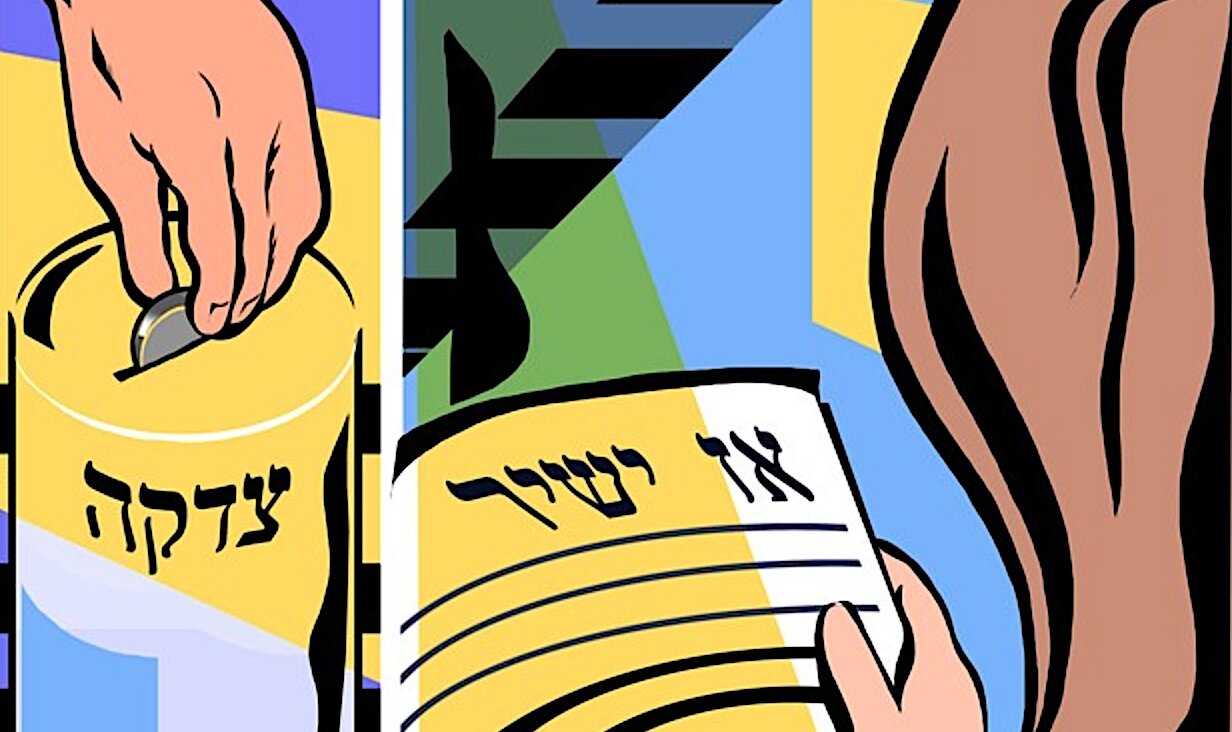This Was The End Of Francois Truffaut’s Innocence

Francois Truffaut Image by Getty Images
Even if he hadn’t started his career with “The 400 Blows,” one of cinema’s defining studies of childhood, Francois Truffaut would have a reputation as a particularly youthful filmmaker. His style is marked by its verve, as summed up by the director’s maxim, “four ideas for every one minute,” and the particular livewire energy of his films can at times give them a distinctively adolescent charge. It’s no surprise, then, that some of his best loved films, “Jules and Jim” or “Stolen Kisses” for instance, are among cinema’s most faithful depictions of young love in all of its whimsy and folly. “Of course, he was very alert to the moods of young people, and especially of children,” writes David Thomson in his “New Biographical Dictionary of Film,” “but his work is curiously short of people over the age of forty.”
But you can’t stay young forever, no matter how you shoot and cut your films. “The Story of Adele H.” (1975) and “The Green Room” (1978), playing in August as part of a weeklong, eight-film series at Metrograph starting August 15, show a director reframing his concerns as he moves firmly into middle age. The series highlights Truffaut’s later work, starting in 1968, after the French New Wave as such had crested. In 1973, he had a permanent falling out with his former comrade Jean-Luc Godard, then at the height of his uncompromising political radicalism, who penned a letter calling him a “liar” for his depiction of moviemaking in his film “Day for Night.” “One wonders why the director is the only one who doesn’t screw,” Godard chided before ultimately asking Truffaut to hand over a few million francs for the production of his new film. Truffaut flatly refused and responded with a long, excoriating missive of his own. “In my view,” he told the director of “Breathless” and “Weekend,” “you are behaving like a shit.”
Following “Day For Night,” Truffaut made “The Story of Adele H.” a film that, in its odd way, shows him reflecting on his work and life as he begins a new chapter in his career. A consummately lyrical filmmaker, Truffaut was the most steadfast poptimist of the New Wave, its only member wholly comfortable within the idiom of the Hollywood cinema they celebrated as critics. Not unrelatedly, he was also one of the great Romantics of European cinema, a fact that helped to dovetailed with the fervor his offscreen persona, and in an appropriately self-reflective ricochet, ended up inevitably on the screen. For many moviegoers less partial to arthouse fare, he’s known for his role as UFO scientist Claude Lacombe in Steven Spielberg’s “Close Encounters of the Third Kind” (1977), gazing beatifically upon the lights of an alien spacecraft as if it were the great cinematheque in the sky. The misleadingly chaste auteur in “Day for Night” notwithstanding, Truffaut welcomed biographical inflections, declaring that cinema should be “even more personal than a novel, as individual and autobiographical as a confession or an intimate journal.”
On first glance, “The Story of Adele H.” might not seem like a particularly personal project. A quintessentially nineteenth century period piece, the movie clings faithfully to the perspective of Adele Hugo (Isabelle Adjani), unable to live down the peculiar burden of being Victor Hugo’s daughter, as she doggedly pursues an erstwhile lover, British Lieutenant Pinson (played by Bruce Robinson, who would go on to direct the 1987 English cult comedy “Withnail & I”) to Nova Scotia and beyond. For all the intensity of her feelings, though, Pinson remains chilly and unmoved, and her escalating schemes to win him through grand romantic gestures or subterfuge lead not to the satisfaction of her desires, but to her undoing.
An unblinking portrait of a woman either unable or unwilling to take a hint, “Adele H.” could easily have drifted into the territory of the comedy or erotic thriller. Though despite the mounting absurdity of Adele’s quest – the viewer comes to understand that Pinson is going to soften long before our heroine – Truffaut’s affection for his characters precludes the sort of emotional distance that could give the story a comic bite. Likewise, he’s too sympathetic to Adele’s plight to portray her simply as an oblivious, privileged stalker. Instead, we stay alongside her as she suffers through her unrequited love. In marked contrast to the freewheeling license of, say, “Shoot the Piano Player,” Truffaut’s style is for the most part muted and subdued, with Nestor Almendros’s camera delicately finding new ways to watch Adele watch her would-be beau. In this, Truffaut is aided immeasurably by Adjani, already a magnetic and somewhat otherworldly screen presence at nineteen. It’s not an exaggeration to say that much of the film takes place within her uncannily wide and expressive eyes, of the sort that one expects to encounter more in animation than on a real person.
Placing Adele’s passions under a sober if sympathetic eye, “The Story of Adele H.” is a thorough work of meta-Romanticism, reflecting on the costs and consequences on that most intoxicating mode of being. Adele carries on the ways of her father, the man who defined the Romantic movement in France (and who, despite having little esteem for Pinson, appears to curiously sanction his daughter’s Quixotic journey). Yet while Adele does get to experience a small number of genuinely transporting moments – as when she lures Pinson into a moonlit graveyard rendez-vous, captured in spectral glory by Almendros’s excellent camerawork – she’s ultimately too late to the party, the latter end of the Nineteenth century proving less amenable to impassioned longings than her father’s salad days. Despite his womanizing, Pinson is more invested in furthering his career and securing an advantageous marriage than giving himself over to love. Adele appears to be not only out of place in the New World, but out of time as well.
“The Story of Adele H.” culminates in a short epilogue that brings it up to the time of the real Adele Hugo’s death in 1915, roughly the same period as the WWI-set prologue of a film Truffaut would make a few years later, “The Green Room.” Based on Henry James’s short story “The Altar of the Dead,” “The Green Room” takes place in the 1920s, following Julien Davenne, a writer of obituaries at a small town paper. Tormented by survivor’s guilt and by the death of his young wife many years ago, Davenne dedicates himself to commemorating his lost loved ones, communing with them through meditations in an appointed chamber in his house (whose green wallpaper gives the film its name) and eventually in an abandoned Roman Catholic chapel that Davenne buys from the church for the purpose, outfitting it with photographs of the deceased and a forest of white candles, one for each of the people he refers to as “his dead.”
Played by Truffaut himself, Davenne is the Hadean flipside of the obsessive the director portrayed in “Close Encounters,” or, darker still, Adele H. with a slant towards necrophilia. He’s also a consummately Truffauldian character, lovingly tending to his death cult with fussy fervor. Tender, jealous, and volatile, there’s something distinctly adolescent about him, protective of his feelings and quick to feel betrayed, as when he disowns a widowed friend who had the temerity to remarry. If Truffaut’s brand of Romanticism appears in “Adele H.” as something dangerous, a kind of drug, in “The Green Room” it’s an outright death wish.
As befits a film about morbidity, “The Green Room” is undeniably morbid. Compared to his early work, its movements are downright lugubrious. Nonetheless, it effectively gets at something rare and potent. A half-Jew who discovered his ancestry only in adulthood, Truffaut here recalls Primo Levi as quoted in Eric Hobsbawm’s “The Age of Extremes”: “We, the survivors, are not only a tiny but also an anomalous minority. We are those who, through prevarication, skill or luck, never touched bottom. Those who have, and who have seen the face of the Gorgon, did not return, or returned wordless.” Necessity may lead us to put out of mind our awareness of the staggering omnipresence of death, but “The Green Room” puts us in the consciousness of a man who either can’t or won’t. In doing so, it conjures the peculiar sensation of being surrounding by the insensitive and uncomprehending living. Set between the wars, those two great triumphs of death, “The Green Room” is as attuned to the twentieth century as “The Story of Adele H.” is to the nineteenth.
Truffaut himself would die in 1984, the only one of the New Wave’s charter members not to make it into grand old age. It’s possible that the perception of the director as the most lightweight of the New Wave might not be so prevalent were this not the case. All of his compatriots were able to redefine themselves with masterworks produced in the nineties, from Jacques Rivette’s “La Belle Noiseuse” to Éric Rohmer’s Four Seasons cycle. There’s no way to know if “Adele H.” and “The Green Room” would have foreshadowed Truffaut’s late work. Instead of carried into the new era by the man’s himself, certain elements of the director’s style would appear in the work of a new generation of French filmmakers, including Olivier Assayas and Arnaud Desplechin. Even Godard included Truffaut in his magisterial “Histoire(s) du cinema” (1988 – 1998). One wonders whether Godard was lighting a candle for his one-time friend, or whether the irascible Swiss would shudder at the thought of anything so unforgivably sentimental.
Daniel Witkin won a 1st place Rockower Award for his 2017 Forward article, “How Jerry Lewis Became A Great Filmmaker And Embarrassed Everyone In The Process.”

I hope you appreciated this article. Before you go, I’d like to ask you to please support the Forward’s award-winning journalism this Passover.
In this age of misinformation, our work is needed like never before. We report on the news that matters most to American Jews, driven by truth, not ideology.
At a time when newsrooms are closing or cutting back, the Forward has removed its paywall. That means for the first time in our 126-year history, Forward journalism is free to everyone, everywhere. With an ongoing war, rising antisemitism, and a flood of disinformation that may affect the upcoming election, we believe that free and open access to Jewish journalism is imperative.
Readers like you make it all possible. Right now, we’re in the middle of our Passover Pledge Drive and we need 500 people to step up and make a gift to sustain our trustworthy, independent journalism.
Make a gift of any size and become a Forward member today. You’ll support our mission to tell the American Jewish story fully and fairly.
— Rachel Fishman Feddersen, Publisher and CEO
Join our mission to tell the Jewish story fully and fairly.
Our Goal: 500 gifts during our Passover Pledge Drive!























